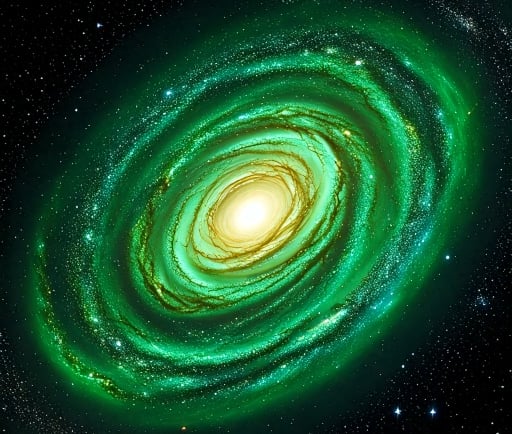The Triangulum Galaxy: A Glimpse into the Local Group


Introduction to the Triangulum Galaxy
The Triangulum Galaxy, also known as Messier 33 or NGC 598, is a captivating spiral galaxy that holds the title of the third largest member within our Local Group of galaxies. Positioned approximately 2.73 million light-years away from Earth, it is one of the most prominent objects in the nighttime sky. This celestial body serves as a vital point of interest for astronomers and astrophysicists alike, offering insights into the broader cosmos.
The Characteristics of Messier 33
Measuring around 60,000 light-years in diameter, the Triangulum Galaxy is not just notable for its size but also for its distinct spiral structure. Containing roughly 40 billion stars, it showcases well-defined arms that wind outward from its nucleus. These spiral arms are rich in gas and dust, facilitating the birth of new stars and fostering conditions for stellar evolution. The galaxy's vibrant and dynamic nature makes it a significant focal point for observing cosmic phenomena.
Why Study the Triangulum Galaxy?
The study of the Triangulum Galaxy is crucial for several reasons. Firstly, due to its proximity, it provides astronomers with a unique laboratory to observe the processes of galaxy formation and evolution. Unlike larger counterparts, such as the Milky Way, Messier 33 allows for more straightforward observations that can disentangle various aspects of galactic dynamics. Secondly, it is an excellent platform for understanding the interaction between galaxies in the Local Group, paving the way for broader cosmic insights.
Furthermore, the Triangulum Galaxy has been pivotal in addressing fundamental questions regarding dark matter. Its relatively low mass compared to other spiral galaxies raises intriguing possibilities about the distribution of dark matter in the universe. By analyzing the rotation curves of its stars and gas, researchers hope to gain further clarity on how dark matter influences galaxy morphology.
Conclusion
In conclusion, the Triangulum Galaxy, or Messier 33, stands as a remarkable example within the tapestry of the universe. Its structure, stellar content, and status as a member of the Local Group provide valuable opportunities for scientific exploration. As astronomers continue to study this galaxy, we can expect to unveil more secrets that will deepen our understanding of not just our local cosmic neighborhood but also the universe at large.
